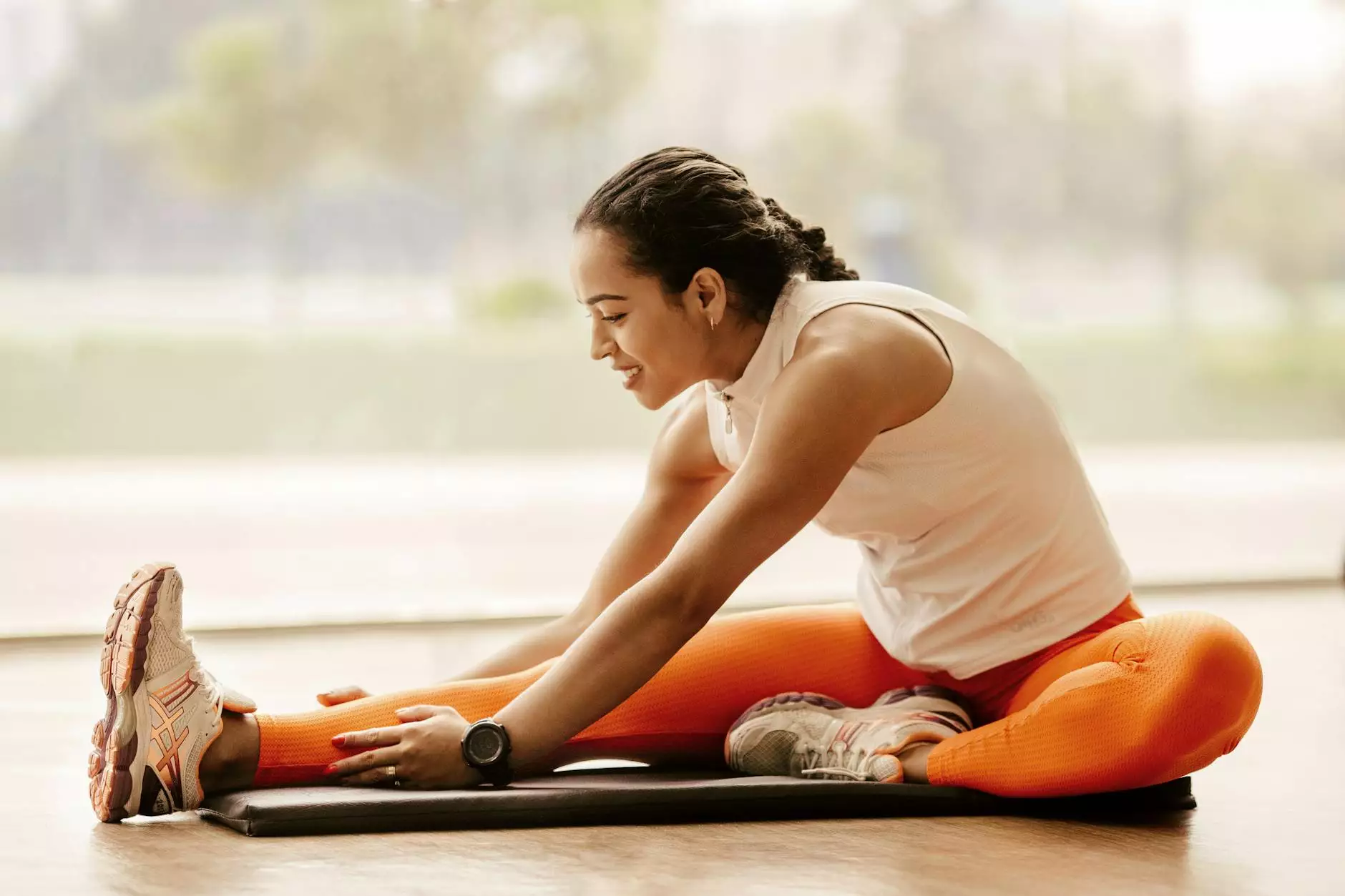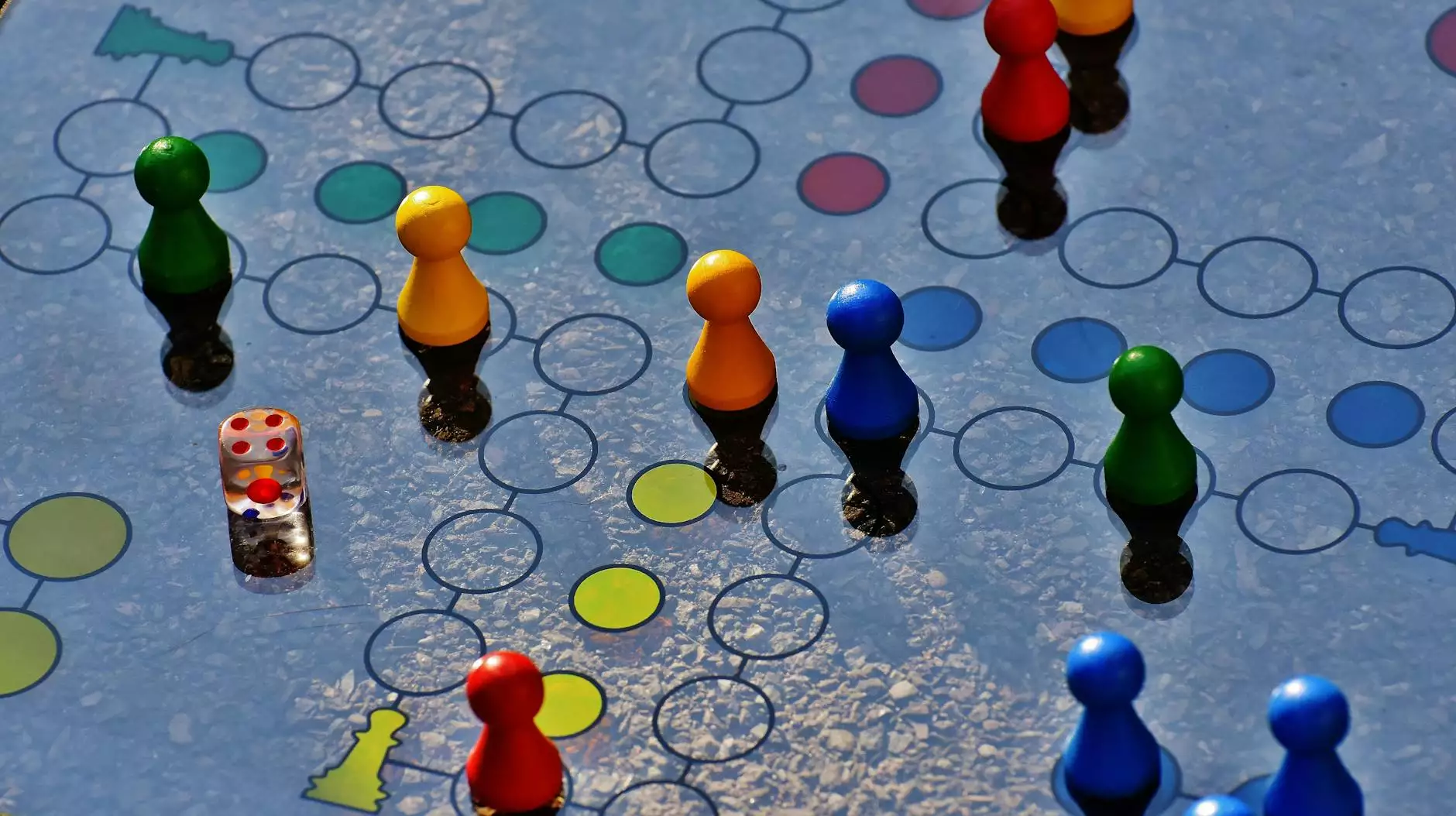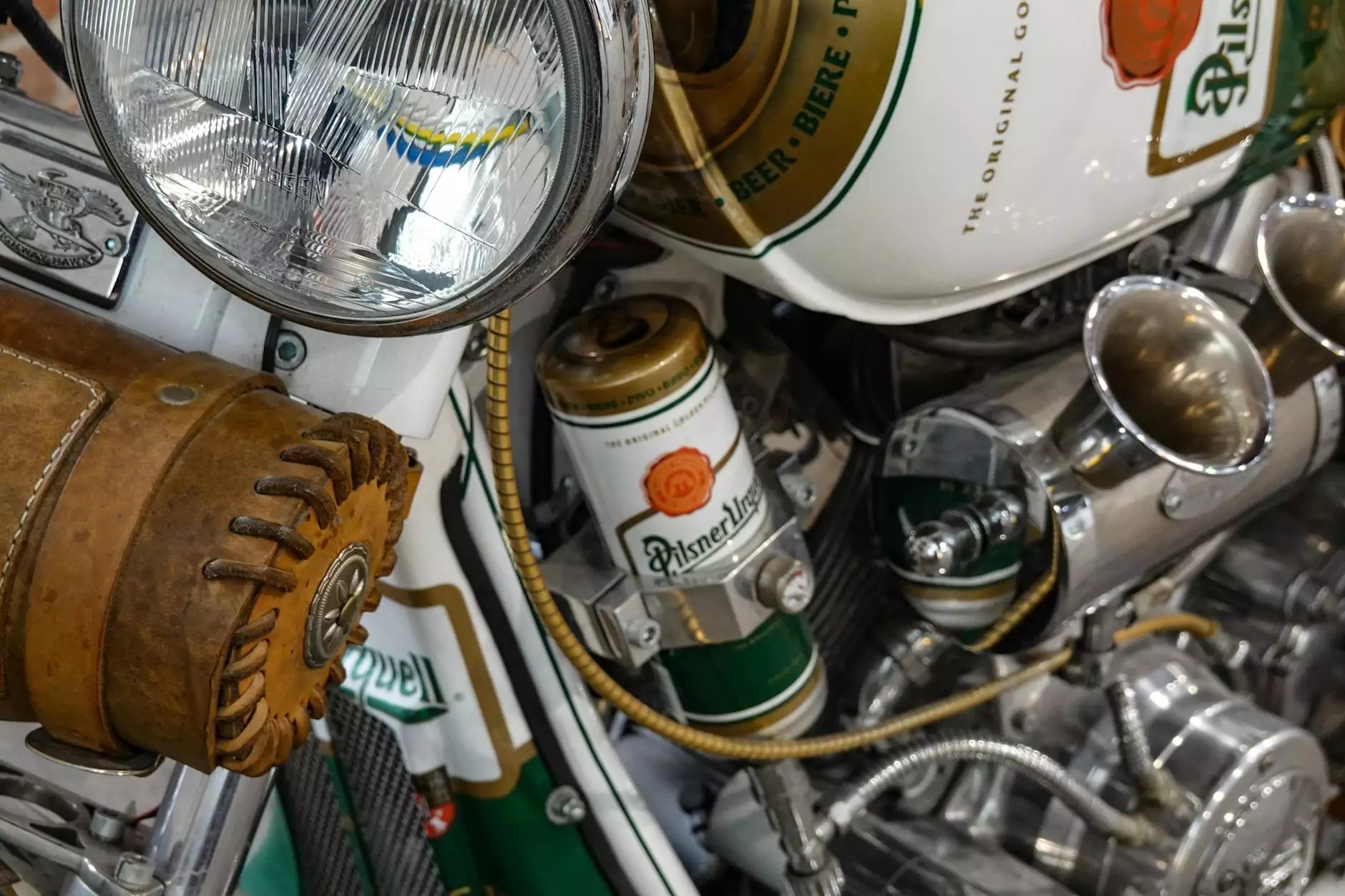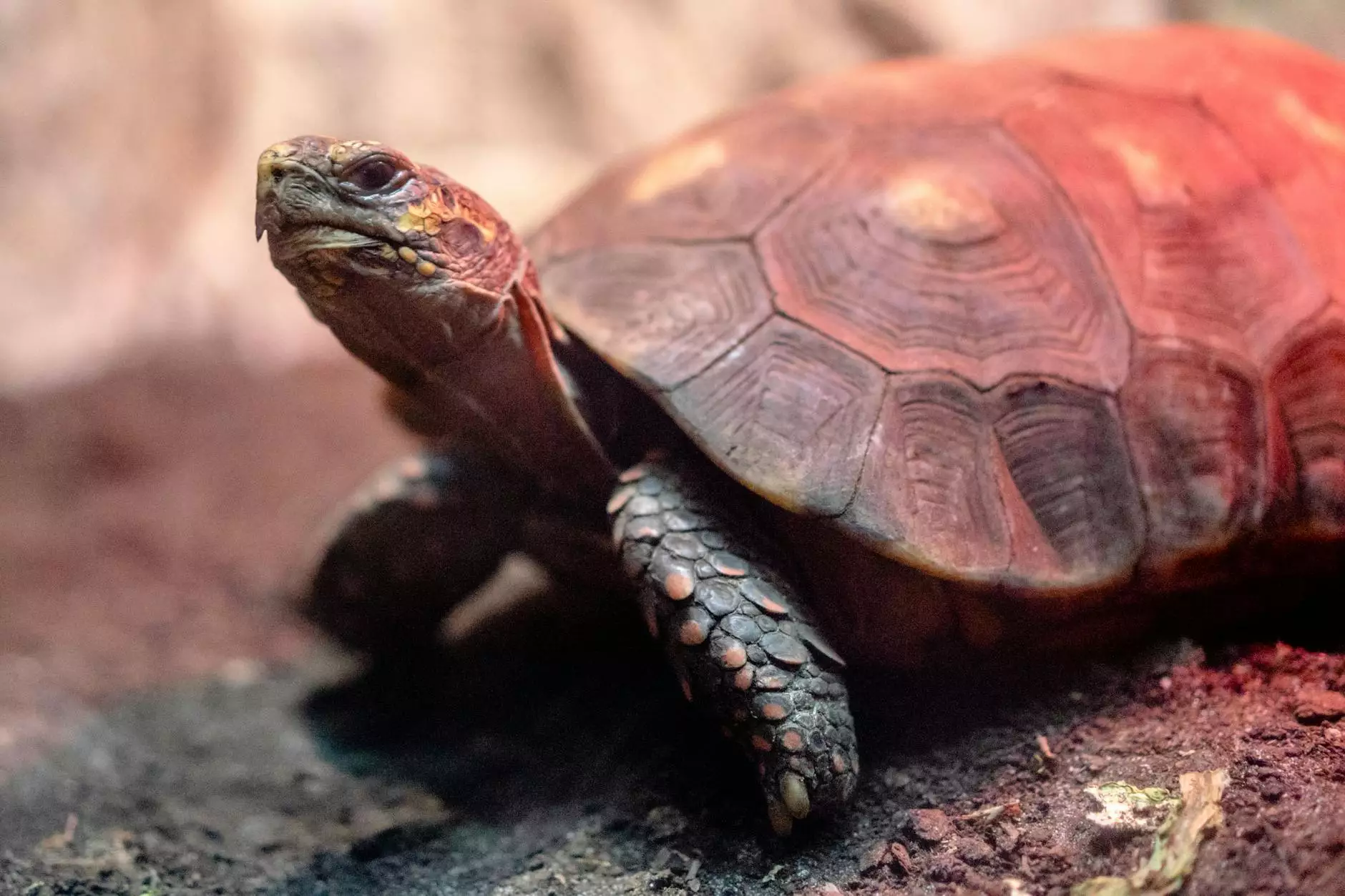Postnatal Pilates for Diastasis Recti: Restore Your Strength

Bringing a new life into the world is undoubtedly one of the most rewarding experiences one can have, yet it also comes with significant physical changes, particularly for new mothers. One common physical challenge that many women face post-pregnancy is diastasis recti. This condition occurs when the rectus abdominis muscles, which run vertically down the abdomen, separate due to the increase in abdominal pressure during pregnancy. Fortunately, postnatal pilates presents a profound opportunity for recovery. In this comprehensive article, we will explore the relationship between postnatal pilates and diastasis recti, detailing effective exercises and the overall benefits of this approach in postpartum rehabilitation.
Understanding Diastasis Recti
Before delving into the specifics of postnatal pilates, it is essential to understand diastasis recti itself. This condition can lead to a protruding belly and may affect how a woman engages her core muscles. The degree of separation can vary—ranging from mild to more severe cases, which might require medical intervention.
1. What Causes Diastasis Recti?
Diastasis recti typically occurs during pregnancy due to various factors:
- Increased Abdomen Size: As the baby grows, the abdominal muscles stretch to accommodate the increasing size.
- Hormonal Changes: Hormonal shifts lead to relaxation of connective tissues, which can exacerbate the separation.
- Multiple Pregnancies: Women who have had multiple pregnancies are at a higher risk due to repeated stretching of the abdominal wall.
- Genetics: Some women may be genetically predisposed to experience diastasis recti.
2. Signs and Symptoms of Diastasis Recti
Women may notice several signs if they are experiencing diastasis recti:
- A visible bulge in the middle of the abdomen when straining.
- Back pain as a result of compromised core stability.
- Difficulties with everyday movements such as getting up, lifting, or even walking.
- Problems with posture that lead to discomfort.
The Role of Postnatal Pilates in Recovery
Postnatal Pilates is specifically designed to cater to the needs of new mothers, focusing on core strength, pelvic floor recovery, and overall body alignment. This low-impact exercise regimen is ideal for addressing issues related to diastasis recti.
1. Benefits of Postnatal Pilates for Diastasis Recti
Postnatal pilates offers numerous benefits that can help in managing diastasis recti:
- Strengthening the Core: Pilates exercises focus on deep core muscles, which can enhance support for the abdominal wall.
- Improving Posture: Regular practice encourages optimal posture, which alleviates back pain and supports physical alignment.
- Enhancing Overall Body Awareness: Pilates promotes body awareness, allowing mothers to understand how to engage their core correctly.
- Building Flexibility: In addition to strength, Pilates improves flexibility, which is essential for safe recovery.
- Promoting Mental Well-being: Engaging in movement can enhance mood and provide a sense of accomplishment, which is crucial for new mothers.
2. Key Pilates Exercises for Diastasis Recti Recovery
When working on diastasis recti, it’s crucial to perform specific exercises that can help strengthen the core without placing excess strain on the abdominal muscles. Here are some fundamental exercises:
1. Breathing Techniques
Diaphragmatic breathing is foundational in pilates. This method enhances core engagement. Here’s how to perform it:
- Lie on your back with your knees bent and feet flat on the floor.
- Place one hand on your chest and the other on your belly.
- Inhale deeply through your nose, allowing your belly to rise while keeping your chest still.
- Exhale through your mouth, pulling your belly button toward your spine.
2. Heel Slides
This exercise helps to engage the core while minimizing strain:
- Begin in the same position as diaphragmatic breathing.
- Smoothly slide one heel away from your body, extending the leg while maintaining the pelvic floor and core engagement.
- Return to the starting position and alternate legs.
3. Modified Crunches
Traditional crunches can exacerbate diastasis recti, thus it is essential to modify them:
- Lie on your back with knees bent.
- Gently engage your core and lift your head and shoulders off the floor while keeping your hands behind your head.
- Focus on pulling your belly in rather than pushing out.
- Lower back down to the ground with control.
4. Pelvic Tilts
This exercise helps to realign the pelvis while strengthening the lower abdominal region:
- Lie on your back with your knees bent.
- Inhale deeply, then as you exhale, gently tilt your pelvis upward, flattening your back against the floor.
- Hold for a moment, then release and return to the starting position.
Engaging a Certified Pilates Instructor
While the aforementioned exercises can be beneficial, it is highly recommended to engage with a certified pilates instructor who specializes in postnatal recovery. A professional can provide tailored guidance that addresses individual needs, ensuring exercises are performed correctly. This personalized approach minimizes the risk of injury and maximizes benefits.
Integrating Pilates into Your Daily Routine
To achieve the best results in recovering from diastasis recti, it’s important to integrate postnatal pilates into your daily routine:
1. Schedule Regular Sessions
Dedicate specific times during your week to practice pilates, aiming for at least three sessions per week for optimal results.
2. Listen to Your Body
Every woman’s recovery will be unique. Pay attention to your body and adjust your routine as needed. If you experience pain or discomfort, consult a professional.
3. Combine with Other Forms of Exercise
Incorporating light walking or aquatic exercises can enhance your recovery process. Always ensure that these activities align well with your pilates practice.
Final Thoughts
Postnatal pilates for diastasis recti provides a supportive and effective pathway to recovery for new mothers. By focusing on core strength, pelvic alignment, and body awareness, pilates exercises can help restore confidence and physical capability following childbirth. Remember, healing takes time, and being patient with your body is key to regaining strength and stability. Always seek the guidance of professionals, like those at Hello Physio, to ensure a safe and effective recovery journey.
Engage with your body, celebrate your progress, and embrace the strength within you as you transition into motherhood.
postnatal pilates diastasis recti








